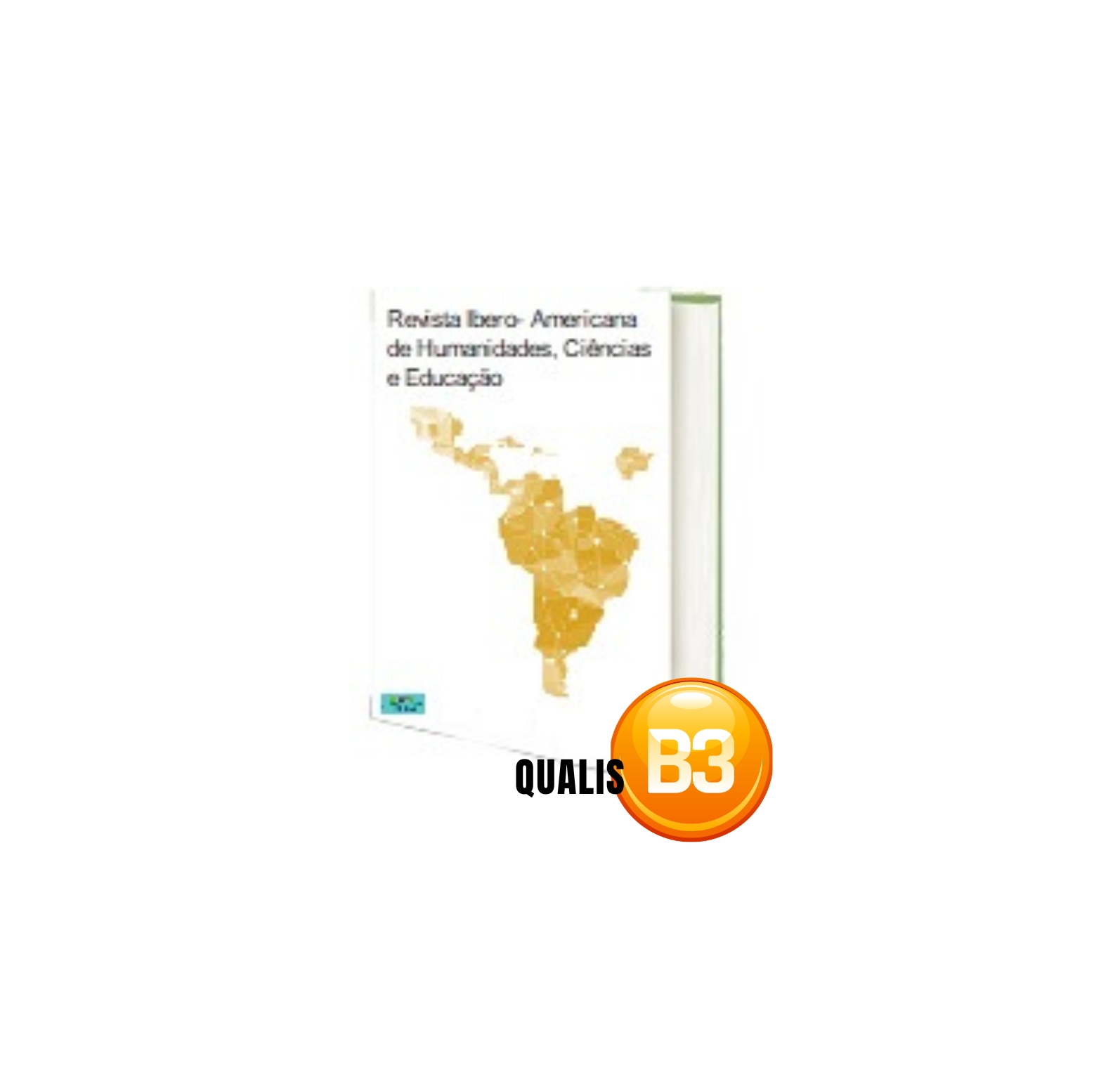MEMES AND MEMETICS: A LITERATURE REVIEW
DOI:
https://doi.org/10.51891/rease.v9i2.8435Keywords:
Memes. Covid-19 memes. Memetics. Internet. Interdisciplinarity.Abstract
The general objective of this research is to study the Covid-19 thematic meme through interdisciplinary conceptions, attributing concepts of memory, idea and social tribes as founders of the memetic current and attributors of phenomena to today's (virtualized) meme. The methodology used is descriptive of a bibliographic base; in addition to the description of characteristics, it starts with the use of previously published written materials (GIL, 2002). This study is interdisciplinary, as it integrates knowledge from different sciences without overlapping, therefore, there is the integration of the areas of Human Sciences and Exact and Earth Sciences, with the purpose of comparison in evidence. It appears, as a result, that memes have biological and anthropological origins, because, through the conceptions of memory and idea, the areas were intertwined, highlighting memetic aspects (psychobiology, sociobiology). Internet memes, therefore, reproduce memetic phenomena, as they integrate the phenomenon of replication, as well as evidence the separation by social tribes, which is demonstrated by the creation of memetic social groups. As a result, Covid-19 memes emphasize the concepts of memetics due to their viral character and, however, phenomena such as altruism memetics (BLACKMORE, 1999;2000), are demonstrated, but with a positive and negative charge, due to their character dualistic that evidences opinions and social actions.
Downloads
Downloads
Published
How to Cite
Issue
Section
Categories
License
Atribuição CC BY

